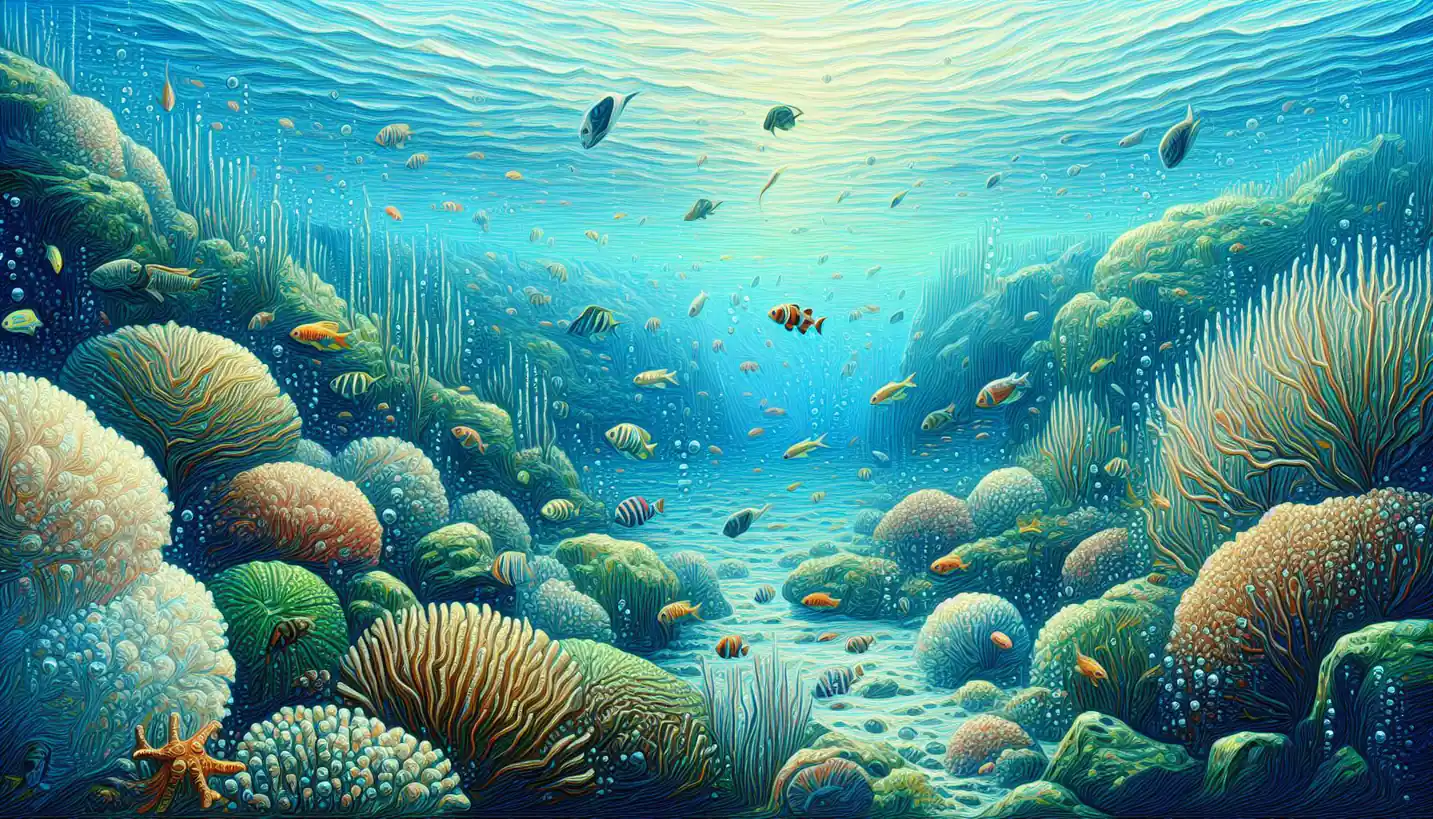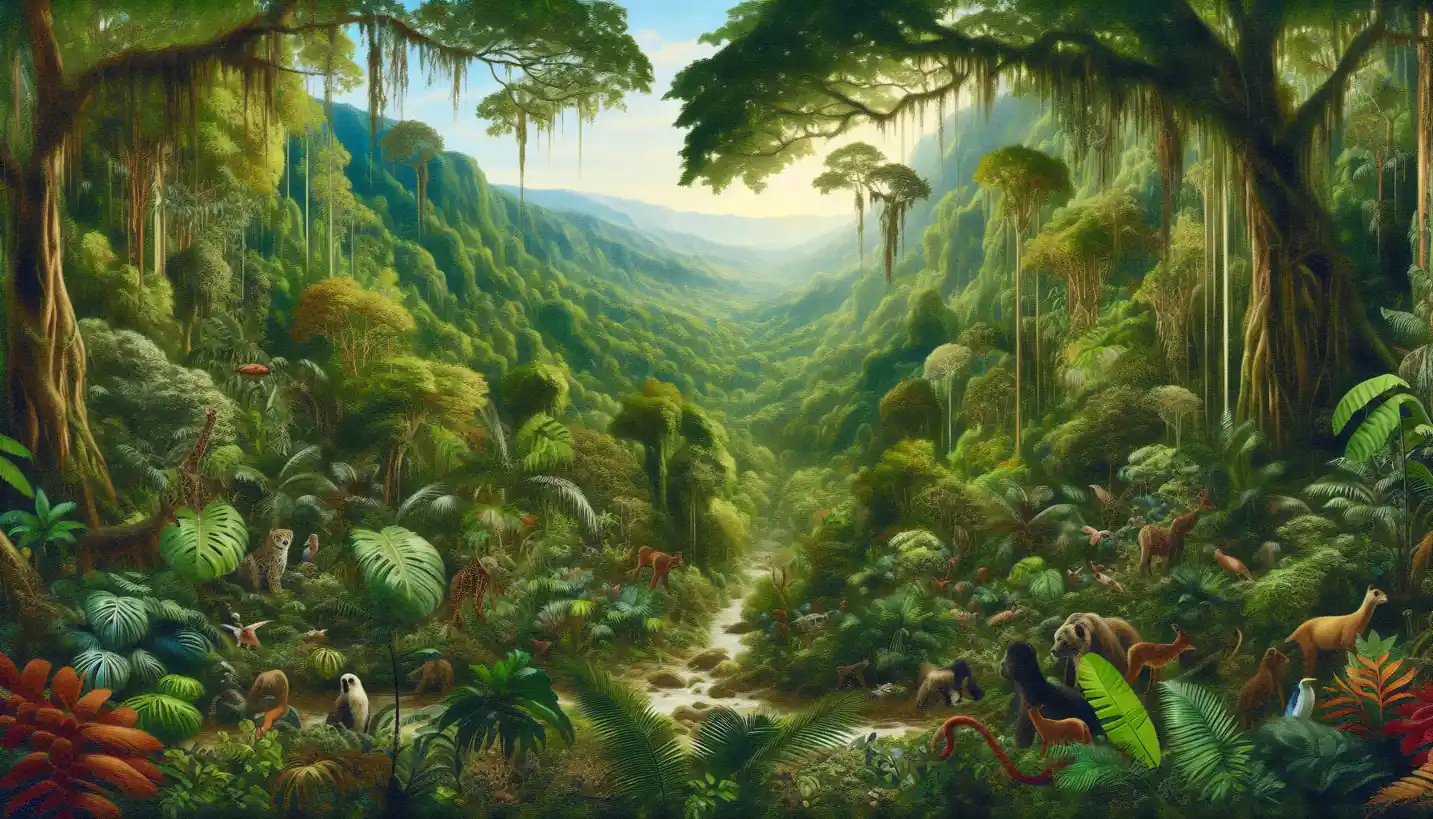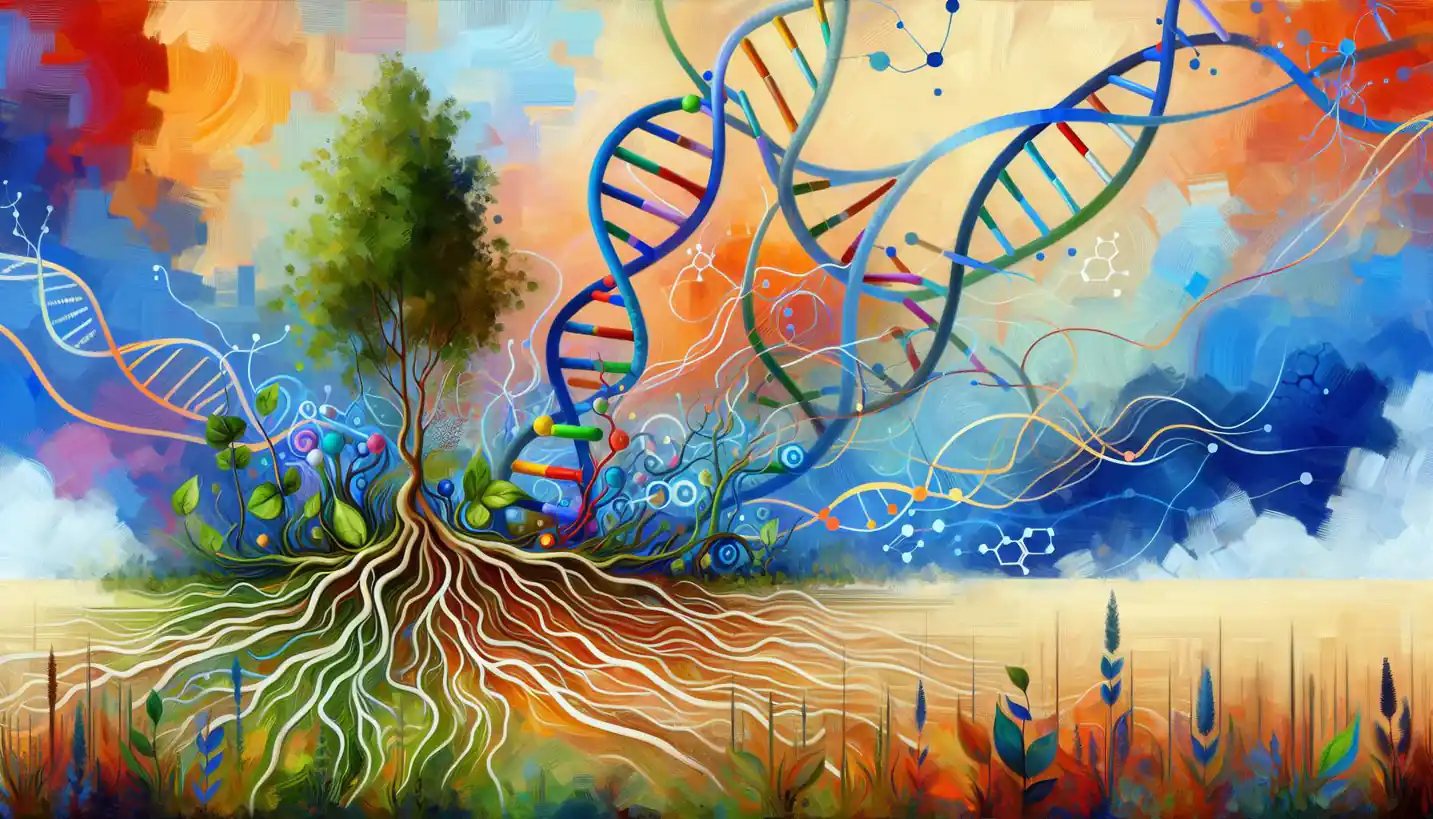· Biology · 5 min read
Convergent Evolution: Unraveling Nature's Mysterious Pattern
Convergent evolution shows different species developing similar traits. Explore this fascinating natural phenomenon and its implications on life.

Take a moment to picture a dolphin slicing through ocean waves with its sleek, streamlined body. Now, imagine a shark, an ancient predator with a similar silhouette, prowling those same waters. These two creatures, while inhabiting the same realm, belong to entirely different branches on the tree of life. Yet, they share remarkable similarities in their form and function. This fascinating phenomenon, where unrelated species evolve similar traits, is known as convergent evolution.
What is Convergent Evolution?
Convergent evolution happens when different species develop similar traits independently, often because they face similar environmental challenges or niches. Picture trying to come up with a solution to a problem. If two people, without communicating, end up with the same answer, they’ve come to a convergence of ideas. In nature, it’s like this, but over millions of years!
For example, the wings of bats and birds serve the same purpose — flight. However, bats are mammals, while birds are, well, birds. Despite the difference in ancestry, their wings are a perfect example of convergent evolution aiming at solving the same problem: how to soar through the sky.
Stories from the Depths of Time
Historically, convergent evolution has been a recurring theme illuminated by paleontologists and biologists over time. Take the case of the evolution of the eye. Eyes have evolved independently multiple times across different species. The eyes of humans, octopuses, and squids, for instance, are strikingly similar in function despite their distinct evolutionary paths. It’s as if nature keeps finding a similar solution to the problem of sight.
Another riveting tale comes from the world of marsupials and placental mammals. In Australia, isolated by oceans, marsupials like the Tasmanian tiger evolved characteristics similar to placental mammals elsewhere, such as dogs and wolves. Though separated by oceans and lineage, their lifestyles converged into similar forms, driven by similar ecological roles in their respective environments.
How Does Convergent Evolution Happen?
At its core, convergent evolution is about adaptation. When different species find themselves in similar environments or roles, natural selection nudges them toward similar adaptations. Imagine being given a tool and trying to use it effectively; over time, you’d likely develop similar techniques to others using the same tool, even without ever meeting.
In nature, traits that work well tend to stick around. This could be a certain body shape that helps with swiftness or a specific type of coloration that provides camouflage. Over countless generations, these traits become more pronounced as each species hones its ecological toolset to survive and thrive.
Moreover, convergent evolution often underscores the fact that there are limited ways to solve the challenges posed by life on Earth. Be it the need for speed, efficiency, or defense, nature often gravitates towards a few successful solutions.
Examples of Convergent Evolution
The animal kingdom is peppered with examples of convergent evolution. Consider pangolins and anteaters. Both creatures are adept termite eaters, fitted with long, sticky tongues perfect for extracting their prey from hiding. Yet, pangolins are more closely related to cats and dogs, while anteaters are distant cousins of armadillos and sloths.
Similarly, the sugar glider and the flying squirrel both have evolved skin flaps that allow them to glide through trees, yet one is a marsupial and the other a rodent. Their shared ability to glide is a classic example of developing similar traits in response to similar environmental pressures.
In plants, too, convergent evolution thrives. Cacti in the Americas and some spurges in Africa both adapted fleshy, water-retaining tissues and sharp spines to survive arid desert climates, despite not sharing a close common ancestor.
Importance of Convergent Evolution in Science
Convergent evolution isn’t just a curious phenomenon—it’s a crucial concept in understanding how life evolves. For scientists, studying convergent evolution offers insights into how similar environmental pressures can shape the evolutionary path of life in strikingly parallel ways.
In paleontology, convergent evolution can help identify and understand fossilized remains. By recognizing similar traits in different species, scientists can sometimes deduce the kind of environment the organism lived in, shedding light on ancient ecosystems.
Moreover, scientists use convergent evolution to understand complex systems. From designing biomimetic materials (inspired by nature) to developing new technological solutions, recognizing patterns of convergence in nature provides a blueprint for innovation.
The Future: Questions Left Unanswered
While convergent evolution answers many questions about the adaptability and resiliency of life, it also poses intriguing mysteries. Why do certain traits converge while others remain unique? Are there limits to convergent evolution? Can it predict future evolutionary paths?
The study of convergent evolution stirs the imagination, hinting at the possibility of alien life forms evolving similar traits to Earth’s species. If certain solutions are universal in overcoming challenges, might we find familiar shapes and forms in extraterrestrial life?
Conclusion: Nature’s Recurring Playbook
Convergent evolution offers us a glimpse into nature’s blueprint, revealing the power of adaptation and the repeated triumphs of certain evolutionary strategies. It’s a testament to the versatility of life, finding familiar paths in separate worlds. As science continues to peel back the layers of this phenomenon, one thing is certain: convergent evolution tells us as much about the past as it might one day reveal about the future. Whether peering through the lens of time or out into the cosmos, we continue to learn about the convergent pathways that unite us all in the dance of life.



